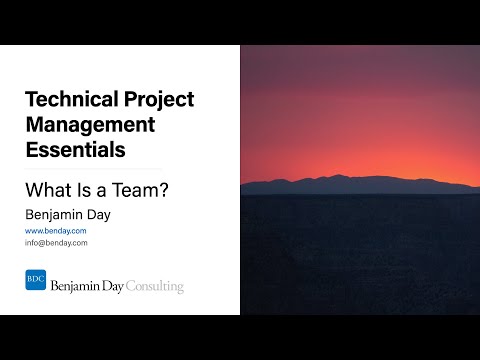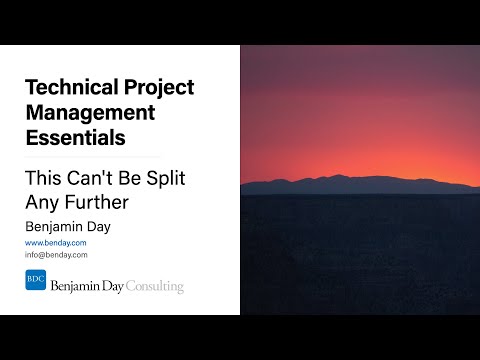My second course for Pluralsight went up recently – Visual Studio 2012 Application Lifecycle Management (ALM) for Developers.
Here’s the course description and outline:
Visual Studio 2012 ALM for Developers
This course covers Microsoft's Application Lifecycle Management (ALM) tooling from the perspective of a software developer. Topics include using TFS to minimize the impact of interruptions, unit testing, the Fakes Framework, Coded UI tests, code reviews, architecture tools & modeling, SQL Server database development, requirements management, and customer feedback.
Module 1: Unit Testing Basics
This module will show you how to use the core unit testing features of Visual Studio 2012 including how to create tests, run tests, test for exceptions, and generate code coverage metrics.
- Introduction
- What is Unit Testing & TDD?
- Demo: My First Unit Test
- Demo: Calculator Unit Test
- Demo: Continuous Testing
- Demo: Setup & Teardown
- Demo: Testing for Exceptions
- Code Coverage
- Demo: Code Coverage
Module 2: Unit Testing Beyond The Basics
This module will show you some of the more advanced unit testing features including using the Fakes Framework and using NUnit inside of VS2012.
- Introduction
- Design for testability
- The Fakes Framework
- Stubs vs. Shims
- Demo: Write tests & hit a roadblock
- Demo: Use Shims to clear the roadblock
- Demo: Properties & Code Coverage with Stubs
- Demo: NUnit in Visual Studio 2012
Module 3: Coded UI Testing
This module will show you how to test your applications using Coded UI Tests. Unlike Unit Tests, Coded UI Tests actually simulate a user's clicks and typing against the real, running version of your application.
- Introduction
- Unit Tests vs. Coded UI Tests
- Support for Coded UI
- Demo: Create a Coded UI Test
- Structure of a Coded UI Test
- Demo: A cleaner way to record your Coded UI Tests
- Demo: Edit & Customize the UIMap
- Demo: Check values with Asserts
- Demo: Grab & use values from the screen
- Demo: ApplicationUnderTest & Environment Variables
- Coded UI vs. MTM Action Recordings
- Demo: Convert an Action Recording to a Coded UI Test
Module 4: Coding, Code Reviews, & Metrics
This module will show you how to use the 'My Work' feature of Team Explorer to help manage lessen the impact of interuptions and to streamline code reviews. We'll also cover tools to help find duplicate code, code that doesn't follow best practices, and code with potential quality issues.
- Introduction
- My Work
- Demo: Suspend & Resume
- Demo: Code Reviews
- Duplicate code is bad
- Demo: Code Clone Analysis
- Code Analysis
- Demo: Code Analysis
- Beware of Code Analysis
- Demo: Code Metrics
Module 5: Architecture & Modeling
In this module, you'll learn how to use the Architecture and Modeling features of Visual Studio 2012. These features help you to understand existing code, visually communicate designs & requirements, and automatically enforce n-tier architectural boundaries.
- Introduction
- Why?
- Demo: Dependency Graph
- Demo: Architecture Explorer
- Demo: Layer Diagram
- Demo: Generate Sequence Diagram from Code
- Demo: UML Use Case Diagram
- Demo: UML Activity Diagram
- Demo: UML Class Diagram
- Demo: Visual Studio Class Diagram
- Demo: UML Component Diagram
Module 6: SQL Server Database Projects
This module will show you how to unify the development you do with compiled code with the development you do using SQL Server. The SQL Server Database Project in Visual Studio 2012 helps you to do this by getting your database under version control and by giving you tools to manage updates to your databases.
- Introduction
- Why should I care?
- What does it do?
- Demo: Create a Project & Import a Database
- Demo: Add a Stored Procedure
- Demo: Treat warnings as errors
- Demo: Refactoring
- Demo: Database Code Analysis
- Demo: Deploy changes to the database
- Demo: Import changes using Schema Comparison
Module 7: Requirements & Feedback
This module will show you how to streamline your interactions with your customers and stakeholders using Storyboarding to collaborate on requirements and TFS to get and track feedback.
- Introduction
- Why storyboarding?
- Demo: Storyboarding
- Demo: Link a Storyboard to a requirement
- Feedback
- Demo: Send & Receive Feedback
-Ben
-- Looking for someone to come to you and teach this course to your developers? Need some help adopting Visual Studio 2012 & Team Foundation Server 2012 at your company and customizing it to work with your specific processes? Trying to use VS2012 and TFS2012 to make your Scrum teams even better? Drop us a line at info@benday.com.






